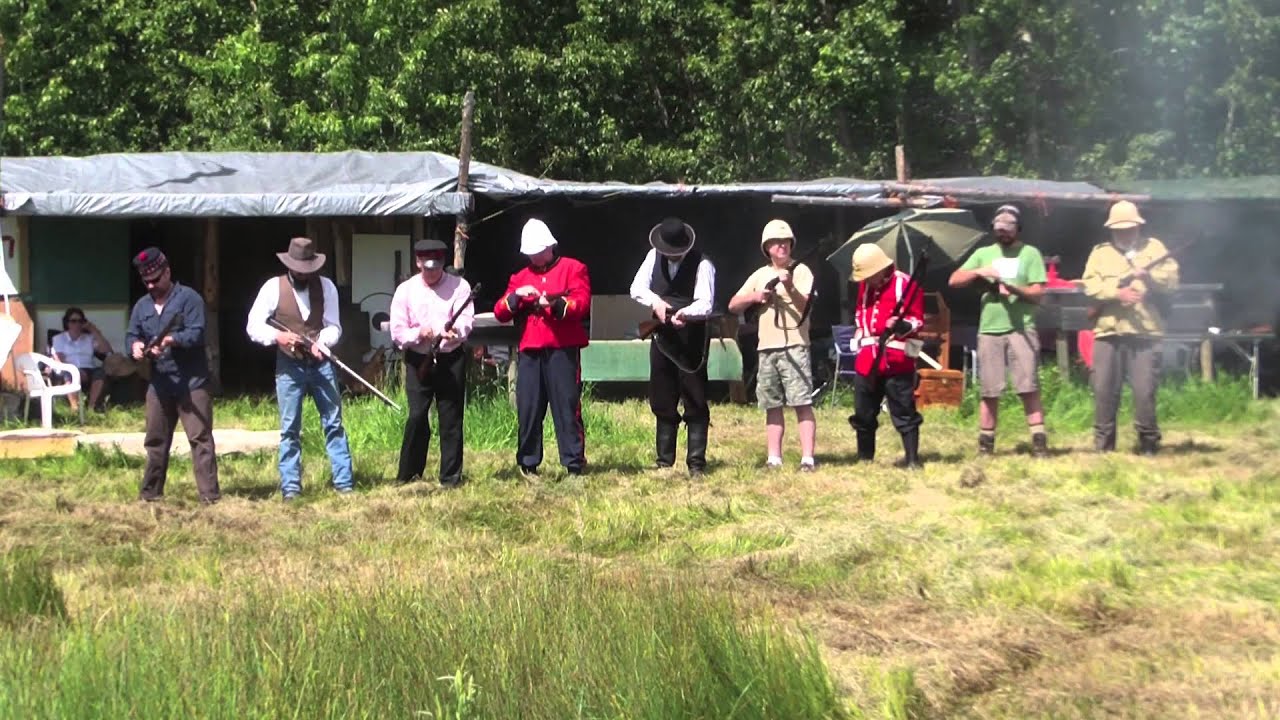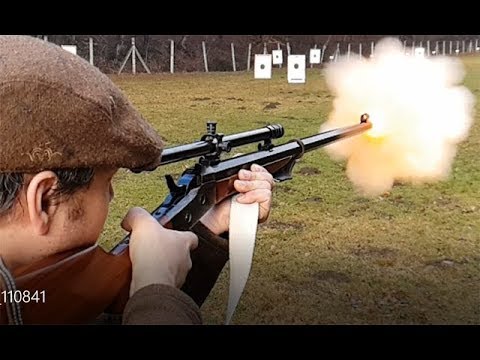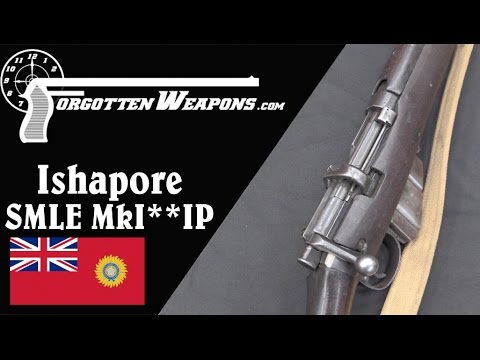The St Étienne machine gun of 1907 was developed by the French Government and saw action during WW1. For political reasons,the French did not want to rely on machine guns developed by private firms e.g. Hotchkiss, and by 1905 had developed the Puteaux APX MG. This design avoided, as far as possible, mechanisms patented by Hotchkiss, Maxim and Vickers. The Puteaux was not a success, and was then refined at the St. Étienne Arsenal to become the Model 1907. The Model 1907 fired the standard French 8mm Lebel cartridge.
The most distinguishing feature of this Gas Operated gun was that the gas piston was driven forwards on discharge, which necessitated a rack and pinion system to operate the loading cycle.
The gun incorporated a rate control allowing the firing rate to be varied between about 8 per minute to 600. In 1907 the tactical use of mass fire seen during WW1 had not been developed and this concept (originated by Maxim in his earliest designs) suited the need for conservation of ammunition supplies and the 25-round metallic cartridge strip. The gun also has a mechanism to adjust the foresight during sustained fire, when the air-cooled heavy barrel and brass casing would expand and so alter the geometry of the sights. The Model 1907 was manufactured until 1917, but was phased out by the superior Hotchkiss Model 1914 heavy machine gun.

Hi, I’m Rob, otherwise known as VBBSMYT.
I create the animations on my iMac using Cinema 4D, which I find very intuitive, and allows me to add smoke and flames, and then send the model to my trusty Render farm.
I make my models as accurate as possible through reference books and particularly good drawings. You may have seen my animations of early torpedoes and machine guns on YouTube. I enjoy finding out how things work and it has been fascinating to track the development from the late Victorian period up to World War 1.





